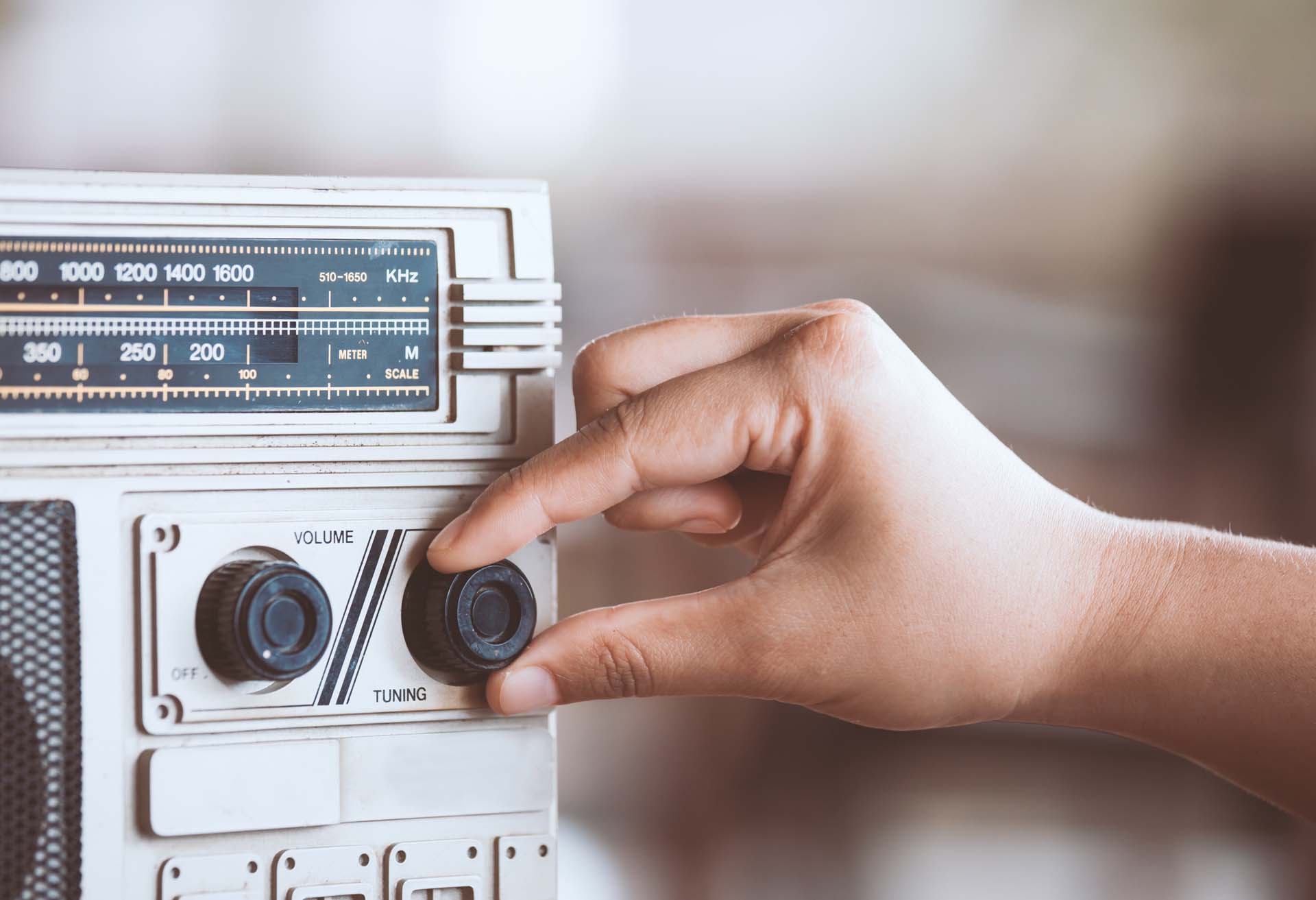Distribution of royalties in category M (Entertainment Music Playback)

Music fills the tills – including those of GEMA members
Entertainment Music Playback easily explained
The letter “M” in the name of this distribution category stands for what is known as the mechanical right. To today’s ears, this may sound like a word from another time. What it means, though, is that music is not performed live but played back on some technical device, e.g. on a music system or radio.
Music users, such as hair salons or supermarkets, have no obligation to report to GEMA what music they played. Nevertheless, to allow the revenue to be distributed as fairly as possible, the distribution in other categories is referred to as a basis. For example, part of the mechanical revenue is distributed in distribution category R (Radio) while another part is distributed in distribution category M based on live performances in category U. We have specific usage reports for both these distribution categories – and it is only logical that what gets played on the radio and who gets to perform live is played back in public places.

Distribution in other categories of playback use
Entertainment Music Playback at a glance

Where the royalties come from:
Most of the royalties come from the retail sector and from restaurants, bars, hair salons, etc. who, as users of music, pay a fee for playing background music (tariff M-U). Part of the revenue is also generated from music playbacks at cinemas (category T – Sound Film) and from playbacks of audio-visual recordings.
How royalties are distributed:
Due to the absence of usage data, royalties must be distributed by reference to other distribution categories. Given that a radio is played in most cases, we distribute 60% of the royalties received in distribution category R (Radio). 40% of the royalties is distributed as a supplement in the live-performance categories U and UD, based on the assumption that music that is played back, for example, at shops is also performed live.
No usage data:
Given that users of background music have no obligation to report to GEMA what pieces of music they have played, we have no usage data on file.
How to request direct distribution
Important dates and deadlines for you
Declare works in time:
All works should be registered to GEMA at the latest upon release, preferably using our online work registration service. Please bear in mind that your work must be registered on or before 31 January of the year following its use to be taken into account in the annual royalty pay-out on 1 June.
Distribution cycle over the year:
1 July: Distribution of supplements in distribution category M (special provision of § 129 of the GEMA Distribution Plan: “COVID-19 M supplement”)
1 November: Credit adjustment in distribution category M and direct distribution upon request (according to § 130 of the GEMA distribution plan), main distribution for category MD
Time limit for claims:
Claims regarding the distribution of main royalties must be made within 9 months of the distribution date (i.e. by 1 March of the following year). The claims period for all other distributions in this category is 3 months. For more detailed information about how to do this and what you need to know, please refer to the claims section of our website.
Other:
The deadline for submitting requests for direct distribution is 30 June.